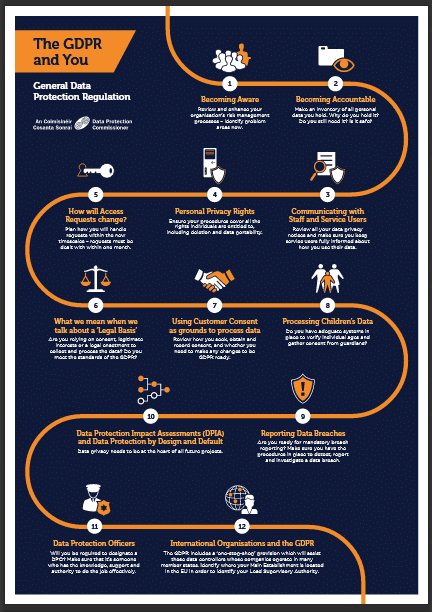Strengthens business continuity/disaster recovery capabilities
Today’s business landscape calls for companies to have reliable business continuity and disaster recovery capabilities. After all, when the system goes down, customers and even employees would rarely ask ‘why‘ or ‘what happened‘ but instead go directly to the ‘how soon can we get back up‘ part.
So unless they’ve been struck by the same unforeseen disaster your business is also experiencing, a couple of hours downtime is plenty enough for most of these people. What’s worse is when they simply don’t wait until they get access again and just go to other providers that can offer the same services. In short, your inability to provide continuous IT and business services could translate to lost opportunities which your competition would only be too willing to gain. And that’s not even counting the possibility of losing essential data and other potential negative impact that critical IT failure can bring about.
The answer to avoiding such a scenario is of course, having a sound business continuity and disaster recovery plan in place. But this is actually easier said than done.
Traditionally, setting up a business continuity plan entailed some tedious procedures in addition to very costly infrastructure. We’re talking here about acquiring and maintaining practically a replication of the hardware infrastructure and environments currently existing for business-critical systems and data. Note that these mirror systems should be set-up, housed, and maintained in a remote facility or location.
Making the deployment even more complex is the constant need to update the data in storage as well as keep software applications in sync between the system in use and the one on standby mode. This process would involve the physical transfer of data and syncing of applications, which is cumbersome and again, expensive.
While large enterprises would not even think twice about having to spend so much to ensure that operations would never come to a grinding halt, most small and mid-sized organisations would not have the required financial means for them to even start considering this option. Often, the bulk of their disaster recovery plan would simply consist of some tape backups, and a lot of hoping that they would never have to suffer from any outage or IT failure.
But all that can be changed with the arrival of cloud computing.
A cloud strategy offers an affordable solution for business continuity and disaster recovery for SMBs with limited resources and even big companies trying to minimise expenses by looking for alternative options.
A reliable service provider would already have the required infrastructure and software vital to a viable BC/DR plan and complete with the appropriate security measures. Organisations need not spend upfront for these facilities, but get to benefit from having updated data backup and a virtualised mirror system that would allow them to quickly get back up in the event of an outage or catastrophic disaster.
When looking to the cloud for a cost-effective BC/DR plan however, it’s worth keeping in mind that not all cloud providers are created equal. That’s why businesses also have many important factors to take into account before signing cloud contracts.
Yes, provision for continuity and and taking necessary precautions against outages are inherent in the cloud service itself, but you’d be surprised how many of these providers don’t actually take responsibility for service interruption. To give organisations some assurance of the cloud company’s capacity for continued service, contracts should stipulate availability guarantees and liability for downtime that the provider is willing to answer for.
Once these relevant issues are ironed out however, it’s easy for business to see how cloud-based data storage and computing can significantly lower the costs involved for SMB BC/DR while greatly improving efficiency, mobility, and collaboration capabilities.
Contact Us
- (+353)(0)1-443-3807 – IRL
- (+44)(0)20-7193-9751 – UK
